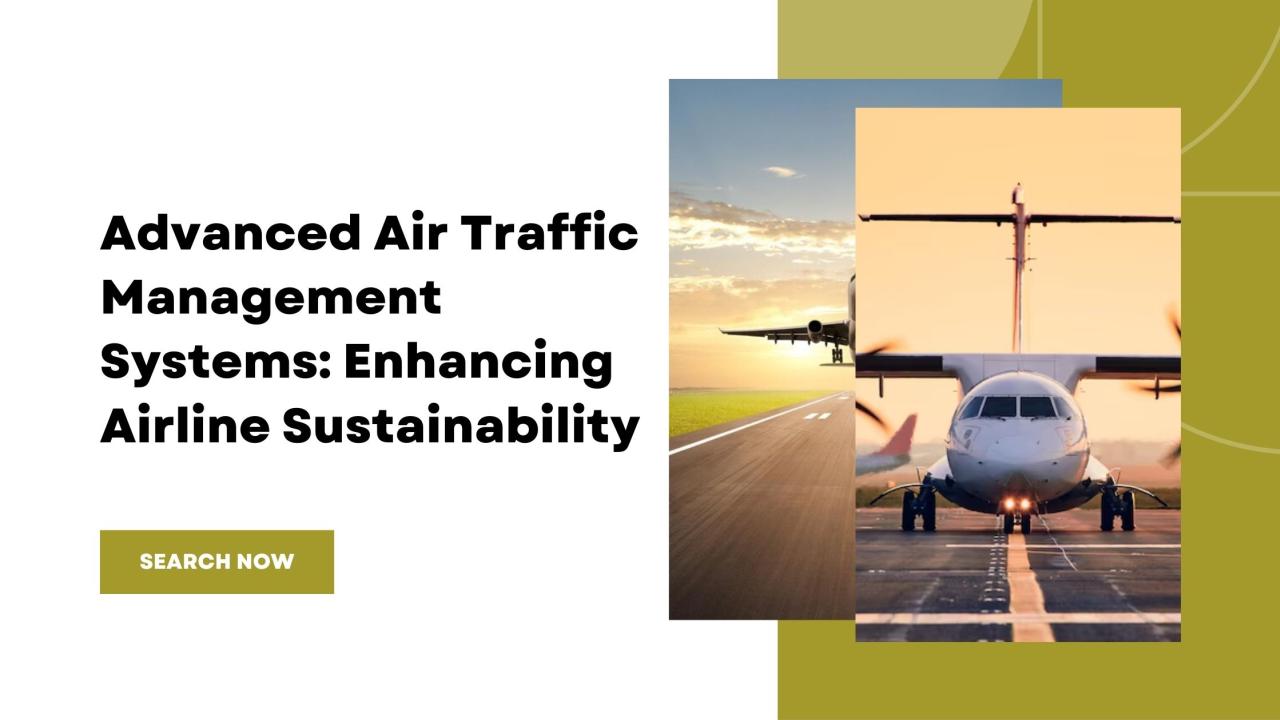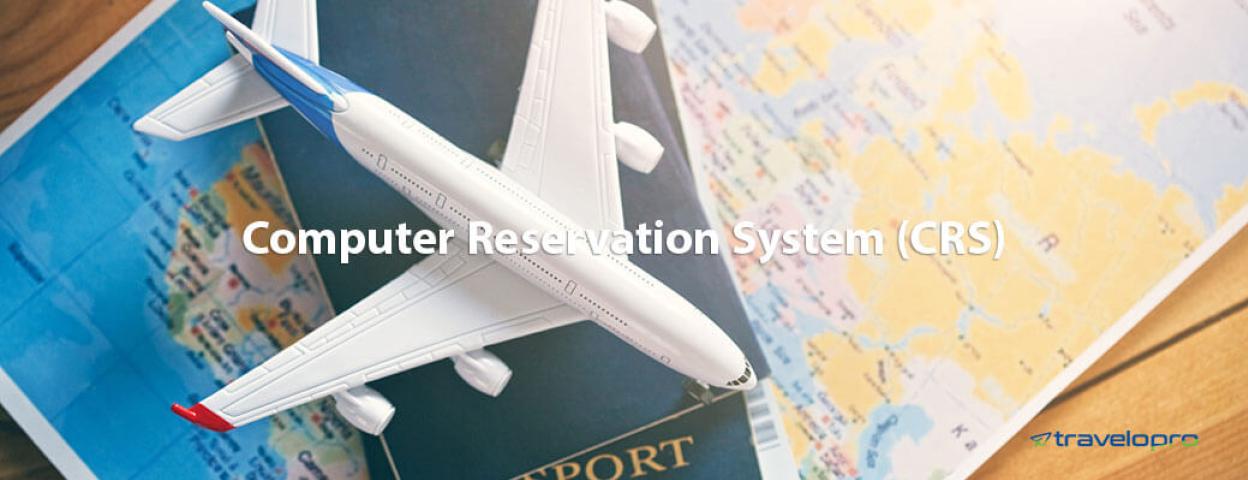With global air traffic expected to grow exponentially, Advanced Air Traffic Management Systems are crucial in ensuring efficient, safe, and sustainable aviation operations. These systems incorporate cutting-edge technologies like AI, automation, and data analytics to streamline air traffic, reduce carbon emissions, and enhance airline sustainability. The role of aviation forum in discussing and implementing these advancements is vital for shaping the future of air travel.
The Need for Advanced Air Traffic Management Systems
1. Managing Air Traffic Growth Efficiently
By 2040, global air traffic is expected to double, with over 10 billion passengers annually. Traditional air traffic management (ATM) systems cannot handle this increase efficiently, leading to delays, higher fuel consumption, and increased emissions. Advanced Air Traffic Management Systems leverage real-time data and automation to optimize flight routes, minimizing inefficiencies.
2. Enhancing Airline Sustainability
Reduced Carbon Footprint: AI-powered ATM systems help reduce unnecessary fuel burn, cutting CO2 emissions by up to 10%.
Fuel Optimization: New ATM strategies have led to fuel savings of over 1.2 million tons annually.
Efficient Airspace Utilization: Countries implementing NextGen ATM systems have reported a 15-20% increase in airspace efficiency.
Key Technologies Driving Advanced ATM Systems
1. AI and Machine Learning
Artificial intelligence enables predictive analytics, helping air traffic controllers manage congestion and reroute aircraft dynamically. AI-driven decision support tools have reduced in-flight delays by 35% in some regions.
2. Satellite-Based Navigation (NextGen and SESAR)
Traditional radar-based navigation is being replaced by satellite-based tracking, significantly improving precision and reducing flight path deviations.
3. Digital Tower Operations
Remote and automated control towers improve safety and operational efficiency, allowing smaller airports to integrate seamlessly into global air traffic systems.
Case Studies: Successful ATM Implementations
Case Study 1: United States - NextGen Program
The Next Generation Air Transportation System (NextGen) initiative in the U.S. has led to:
A reduction of 20 million metric tons of CO2 emissions since implementation.
Fuel savings of over 5 billion gallons.
Improved airport capacity and reduced flight delays.
Case Study 2: Europe’s SESAR Initiative
The Single European Sky ATM Research (SESAR) project has significantly enhanced European airspace management:
10% reduction in flight times.
15% improvement in airspace capacity.
A projected 50% reduction in aviation-related emissions by 2050.
Role of Aviation Forums in Advancing Air Traffic Management
The World Sustainable Aviation Fuel Forum
The World Sustainable Aviation Fuel Forum serves as a key platform for stakeholders to discuss technological advancements, policies, and strategies that support airline sustainability. The event attracts experts from aviation authorities, airlines, technology providers, and policymakers who collaborate on sustainable aviation strategies.
Key Discussions at the Forum
The integration of Advanced Air Traffic Management Systems in achieving aviation sustainability goals.
Policy frameworks supporting digital transformation in ATM.
Case studies of successful ATM implementation from around the world.
Why This Event Matters
With global aviation contributing nearly 2-3% of CO2 emissions, industry-wide collaboration at events like the World Sustainable Aviation Fuel Forum is essential for driving policy changes and promoting innovation in airline sustainability.
Statistics on Air Traffic Management and Sustainability
80% of global air traffic inefficiencies stem from outdated air traffic management systems.
Optimized ATM systems could lead to a 50% decrease in aviation-related CO2 emissions by 2050.
Over 60% of airports worldwide are currently upgrading their ATM systems to meet sustainability targets.
Frequently Asked Questions (FAQs)
1. What are Advanced Air Traffic Management Systems?
These systems utilize modern technologies like AI, satellite navigation, and automation to improve air traffic flow, reduce delays, and enhance airline sustainability.
2. How do these systems contribute to reducing emissions?
By optimizing flight paths, reducing unnecessary fuel consumption, and minimizing delays, ATM systems help airlines lower their carbon footprint.
3. Why are aviation forums important for air traffic management?
Aviation forums bring together key industry stakeholders to discuss policies, innovations, and sustainable solutions for enhancing air traffic efficiency.
4. What is the role of the World Sustainable Aviation Fuel Forum?
The World Sustainable Aviation Fuel Forum focuses on discussions around sustainable aviation strategies, including ATM advancements, carbon reduction policies, and emerging technologies.
Conclusion
Advanced Air Traffic Management Systems play a critical role in ensuring airline sustainability by optimizing air traffic, reducing emissions, and improving efficiency. Aviation forums, particularly the World Sustainable Aviation Fuel Forum, provide a crucial platform for industry leaders to discuss, implement, and promote these innovations. As global air travel continues to grow, adopting next-generation ATM solutions will be vital in achieving a more sustainable and efficient aviation future.














